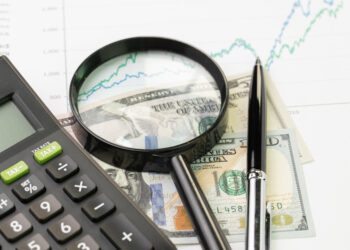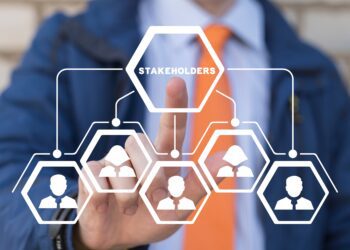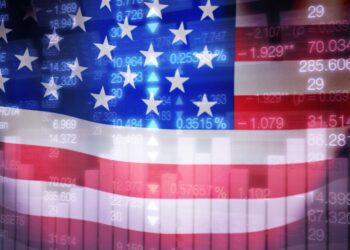To successfully move their business strategies forward in this environment, 21st-century leaders need an engaged and innovative workforce that can change course quickly, effectively, and fluidly. Employees must be open to developing new capabilities, adopting new norms, and reconsidering long-held mindsets and behaviors. Leaders must be willing to do the same.
Achieving such resilience and adaptability at individual and organizational levels is easier said than done, however. Human beings have a natural affinity for order, predictability, and control. They will do everything they can to avoid chaos, uncertainty, and volatility. Research shows that when the path forward is unclear, and time and performance pressures are the same (or increasing), teams and individuals often default to what they already know—regardless of whether that approach is appropriate for the given situation.
In some cases, leaders will even advocate that employees and teams “just keep going” in the face of uncertainty—not making an important distinction between times when resilience is needed, times when adaptability is needed, and the interdependence of both. Consider an example from the world of sports: National Basketball Association player Stephen Curry is one of the greatest three-point shooters in the game. In a high-stakes playoff game, he misses an important three-point shot at the end of the first half. Despite that hiccup, he keeps shooting threes in the second half because he expects to deliver on a skill that he’s practiced and honed for decades. That’s resilience. But what if the NBA were to limit the number of three-point shots teams can take during playoff games? It may no longer pay for Curry to “just keep shooting”; he might need to think differently about his approach and adjust his game. That’s adaptability.
To be resilient and adaptable, leaders and employees need a mix of skills. Resilience requires—among other things—the ability to view change as a challenge or an opportunity to bounce forward, regulate thoughts and emotions, take lessons from prior experiences, and execute on change. Adaptability requires, among other things, the ability to approach uncertainty with an open, learning mindset and to think flexibly and creatively about problems as they arise. When leaders and employees have both sets of skills, they can (like Steph Curry) better discern when a focus on resilience will be enough, when an adaptive response is required, and how to integrate the two into their strategies, operations, and decision making.
In this article, we’ll review recent McKinsey research on both resilience and adaptability and their association with employee outcomes. We’ll also consider the four actions cited above and how they can help leaders build resilience and adaptability at scale. These days, it’s imperative for organizations to find ways to turn disruption into competitive advantage. As author and psychotherapist Viktor Frankl noted in his book Man’s Search for Meaning, “When we are no longer able to change a situation, we are challenged to change ourselves.”












